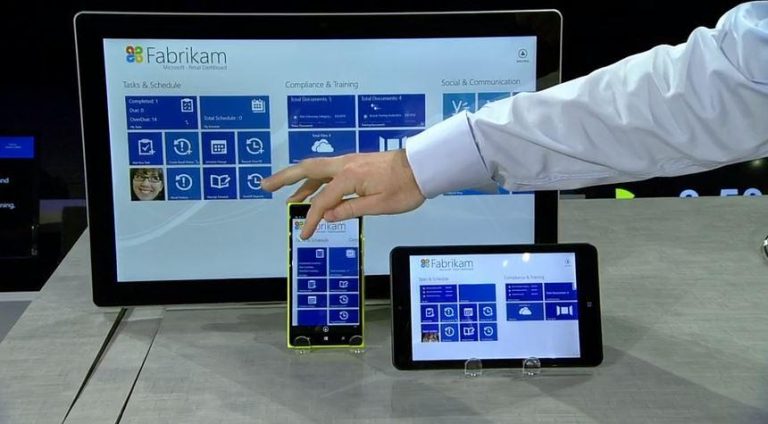Microsoft shone some light on an alternative way to create an app for the Windows Store using the Hosted Web App format in a recent blog post written for app developers.
A Hosted Web App is essentially a basic Universal Windows Platform (UWP) app that acts as a digital frame for content that is entirely hosted on a web server. When a user opens a Hosted Web App, the app downloads the app’s content to the active device and, if it’s well designed, will appear as if all of the data is stored locally.
Some of the main benefits of choosing to build an app in the Hosted Web App format according to Microsoft are:
- The same code can be reused in browsers and on other platforms.
- This app format has access to both web APIs and Universal Windows Platform app APIs.
- Support for Live Tiles, back button, secondary pinning and support for Cortana interactions.
Designing a Web Hosted App isn’t as simply as drag-and-dropping a website into an app framework however and Microsoft recommends devs remember to implement in-app navigation (i.e. not to rely on web browser buttons), be aware of loading times (app users expect instant access to content while internet browser users are used to waiting for content to load), design for touch devices, and to consider multiple device screen sizes when planning.
When it comes to actually building a Web Hosted App, Microsoft recommends using either the command line with an open source tool called manifoldJS or Visual Studio 2015 project templates.
One popular Windows 10 app that uses the Hosted Web App model is Shazam. Shazam’s product manager, Piotr Bar, was recently interviewed about developing an app for Windows 10 and praised the Hosted Web App format for allowing them to bring their service to multiple markets at once in a relatively short period of time.
As a user (or developer), do you have a preference for regular Universal Windows Platform apps or Hosted Web Apps? Share your thoughts with the community in the comments below.


